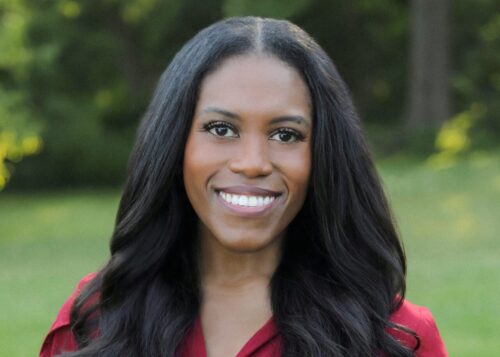Men Are More Likely to Die by Suicide, but Less Likely To Have Depression Diagnosis
November 17, 2022
By Isabella Bellini, By Katie Dillon

Getty Images
Socialization, gender roles, race, and the way we screen for depression play a critical role in who receives adequate care for mental health issues.
Mental illness and mood disorders are inarguably an epidemic in the U.S. More than 50% of those experiencing mental illness do not receive help for their disorders — whether that means a person is avoiding or delaying treatment, facing significant barriers to care, or simply unable to recognize symptoms as a diagnosable and treatable illness or disorder. The latter is a position where American men continue to find themselves.
In 2020, the suicide rate among men was four times higher than the rate among women. Another way of looking at this is that men make up 49% of the U.S. population but 80% of suicides. As a whole, men are far more likely to complete a suicide but far less likely to be diagnosed with depression or anxiety.
So, why are men more likely to die by suicide? And why aren’t men seeking treatment for symptoms of depression? Perhaps most importantly, how can clinicians address this problem?
Society plays a key role in depression diagnoses
A June 2022 study in the American Journal of Preventative Medicine found that completed suicide rates among men were much higher among men with no known history of mental illness. Men are relatedly less likely to be diagnosed with mood disorders, including anxiety and depression.
Though it may seem counterintuitive, David Henderson, MD, chief of psychiatry at Boston Medical Center, doesn’t find it surprising at all. Henderson describes a study he did where he and his colleagues interviewed both Black men and Black women and asked about anxiety and depression using a survey or screening instrument. Men self-reported a much lower rate of both than did the women. But things changed during the second part of the study.
“In the qualitative part of the study, we would ask the same questions, just in a different way — asking if the men had trouble sleeping, low energy, or things like that,” Henderson explains. “Then we went back and coded for it and again, compared men and women, and the men had much higher rates of depression than the women.”
These findings and other published studies seem to indicate that the difference between men and women’s experience of mood disorders such as depression and anxiety is rooted in a social difference, not a biological one.
Henderson also goes on to comment that men, in his experience, have slightly different symptoms or behaviors that indicate underlying depression or anxiety. While he believes women are more likely to admit that they’re feeling down or sad and seek help, men turn to other coping mechanisms.
“Men are more likely to use other things to cope and not think about turning to health professionals for help. Sometimes they use maladaptive behaviors,” he says. “It wouldn’t be unusual for substance use or smoking to play a role.”
Perhaps in correlation with socialization, as rates of male suicide completion have risen, so, too, has male loneliness. Only 27% of men report having six or more close friends, compared to 41% of women.
It’s important to note that there may be additional reasons for not turning to medical professionals among Black men. Black boys and men saw a 23% increase in suicide rates in 2020.
“This increase, unfortunately, doesn’t entirely surprise me,” says Henderson, “With Black men, there is a risk of being exposed to violence, a risk of incarceration, and a risk of suicide. All these things contribute to mental health and, on top of that, there’s a real reluctance to admit they need help. All of these factors together create a perfect storm.”
The medical community — mental health included — has long struggled to make inroads to repair trust with Black patients. Many Black men may not feel safe reporting feelings of depression.
Mental health screening needs an update
If men and women have different ways of relating to their emotions and symptoms, part of the solution may be changing the way healthcare systems screen people for mood disorders.
Currently, a primary care provider performs most screenings, using a written form or a standard verbal questionnaire, with the provider facing a computer, not the patient, updating the electronic medical record. Electronic medical records have streamlined processes, but according to Henderson, it also can be detrimental to patient interactions in this way, taking time away the care provider spends looking at, talking to, or examining the patient.
This situation, according to Henderson, is compounded by the fact that depression screenings are an incomplete way of capturing a person’s mental health and often are conducted inadequately.
The healthcare system really just needs to do a better job of screening people, across the board. Rather than outright asking patients about their mental health, providers and healthcare systems need to go further.”
“The healthcare system really just needs to do a better job of screening people, across the board.” says Henderson. “Rather than outright asking patients about their mental health, providers and healthcare systems need to go further.”
Henderson stresses the crucial need for relationship-building among patients and providers to make these diagnoses. The connection is what will lead to a necessary vulnerability — a way to dig deeper and break through the gendered stereotypes to hopefully gain access to quality mental health care.
“Receiving treatment is a relationship. As a provider, it’s about fostering that connection. Someone shouldn’t have to come in and tell you they’re depressed,” says Henderson, “You can observe things that suggest they might have something going on. If you get patients talking, they’ll give you the info you need to help.”


